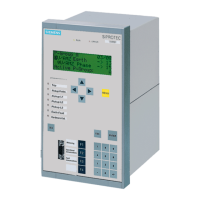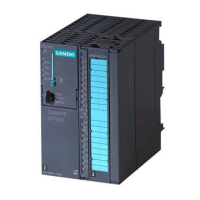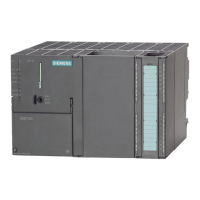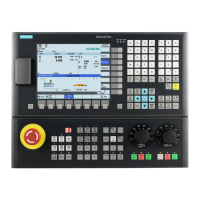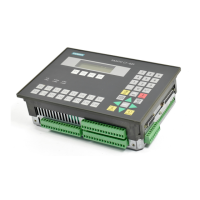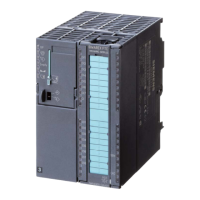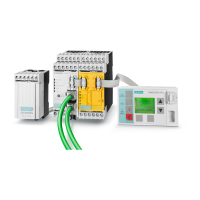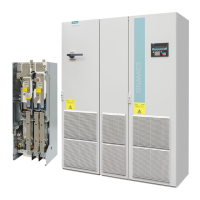3 Parameterization
3.2 Parameterization with DIGSI
66 SIPROTEC 4, Communication Module PROFINET IO, Communication Profile
C53000-L1840-C360-1, Edition 08.2012
✧ Move the mouse pointer in the source and destination columns over port B (or port F) and find out which
column is assigned to PROFINET IO (highlighted in red in Figure 3-14).
When you hover briefly over the letter B, the protocol used is displayed (yellow text).
✧ If necessary, adjust the preset routing in the Configuration Matrix in your SIPROTEC device/system as
follows. If you do not wish to make any modifications in the DIGSI Configuration Matrix, continue with the
Time Synchronization section in this chapter.
✧ To delete all preset routings in order to reconfigure them, right-click port B or system interface S in source
or destination, respectively. Subsequently, click the prompt Delete routings on Port B (PNIO-EN100)
or Delete routings on system interface.
A window is displayed which informs you that this is not possible or which confirms how many entries are
deleted or not deleted. Click OK to confirm the information:
Figure 3-15 Information on the Deletion Process
You can conclude from the source system interface and destination system interface columns in the DIGSI
Configuration Matrix whether an information item is routed to the system interface (PROFINET IO).
A cross ('X') in this column marks the associated information item as "routed to the system interface".
Source System Interface
Routing to the source system interface is possible for the following information types:
• IntSP Internal single-point indications (markers)
• IntDP Internal double-point indications (markers)
• C_XX Commands without feedback acquisition
• CF_XX Commands with feedback acquisition
com_profinet-io_profile_us.book Page 66 Friday, August 17, 2012 1:40 PM

